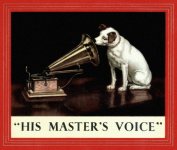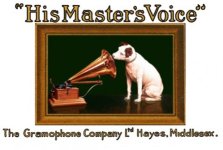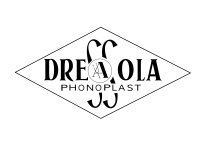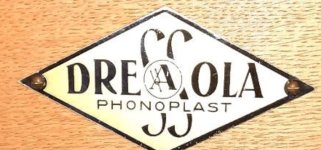Slammer
Well-known member
Hi, just started to restore an old gramophone and have gotten to the part where I need to recreate a one hundred year old logo from a company that no longer exists.
So I am getting the artwork done and have figured out that at the time they used water slide decals, just like the ones we had as kids on our Airfix models.
A bit of the google later and you can get on Amazon waterslide papers for inkjet and laser printers. That´s ok, I can live with that but my question is how did they print and reproduce these things a hundred years ago?
At first I thought Silk screen, but taking a closer look at an existing decal I cant find any apparent screening, so how DID they do it?
Anybody got an idea?
So I am getting the artwork done and have figured out that at the time they used water slide decals, just like the ones we had as kids on our Airfix models.
A bit of the google later and you can get on Amazon waterslide papers for inkjet and laser printers. That´s ok, I can live with that but my question is how did they print and reproduce these things a hundred years ago?
At first I thought Silk screen, but taking a closer look at an existing decal I cant find any apparent screening, so how DID they do it?
Anybody got an idea?















